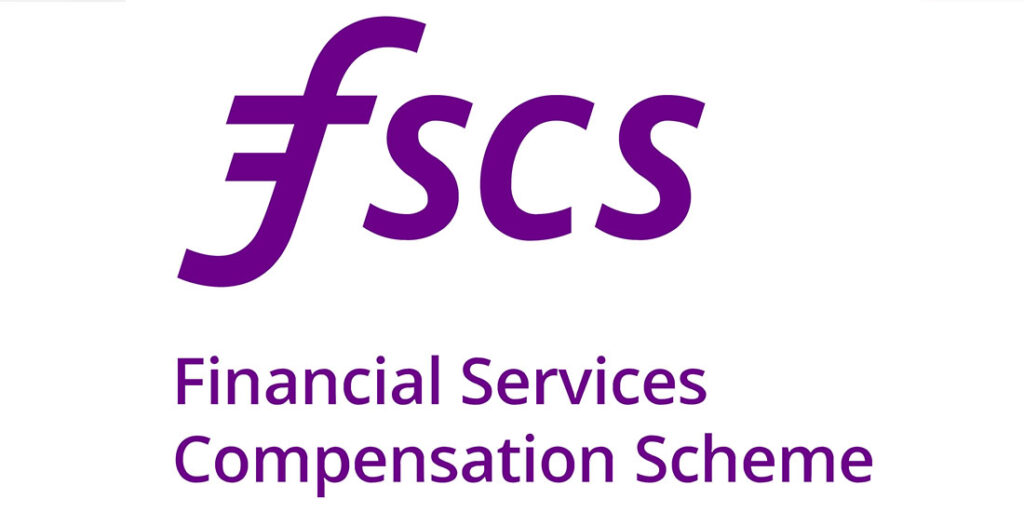
Advantages and Disadvantages of Peer to Peer Lending
Introduction – Advantages and disadvantages
I am excited to share insights on the advantages and disadvantages of investing in online P2P platforms. Peer-to-peer lending has experienced remarkable growth in the UK, attracting a diverse range of investors seeking lucrative returns. However, it’s essential to understand both the benefits and potential drawbacks before embarking on this investment journey.
Advantages of P2P Lending
- High-Interest Rates One of the most alluring aspects of P2P lending, especially on platforms like Kuflink, is the opportunity to earn high-interest rates of up to 9.83% per annum*. This presents a compelling alternative to traditional savings accounts, which often offer meager returns. However, always check the website for the latest rates. Also, peer-to-peer Investment Interest is paid Gross to anyone across the Globe who invests on the platform.
- Diversification of Investments Kuflink Auto Products and other reputable P2P platforms offer products that automatically diversify investments across multiple opportunities. This diversification spreads the risk, ensuring that your capital isn’t tied to a single loan.
- Versatility in Loan Purposes P2P loans cater to a diverse range of purposes, empowering investors with a myriad of choices. Whether you wish to fund small businesses, support property portfolio growth, or finance housing developments, P2P lending provides numerous investment avenues.
- User-Friendly Platforms Unlike some complex investment options, P2P platforms like Kuflink are designed to be user-friendly and straightforward. With fully online operations and minimal jargon, they cater to both seasoned investors and newcomers. Moreover, P2P lending often allows for low minimum investment amounts, making it an accessible option for beginners.
- Secondary Market for Increased Liquidity While it’s essential to avoid assuming an early exit from investments, P2P platforms often offer a secondary market. Here, investors can sell their loan parts to others, providing added liquidity in case of unforeseen circumstances.
- Innovative Finance ISA The introduction of Innovative Finance ISAs revolutionised P2P investing. With Kuflink’s Innovative Finance ISA, you can utilise your annual tax-free allowance to invest in loans and earn tax-free interest, provided you meet HMRC requirements.
- Enhanced FCA Regulation for Investor Protection The P2P sector now operates under tighter regulations enforced by the FCA, offering investors improved protection. While regulatory approval is essential, I encourage investors to conduct their due diligence and not solely rely on a company’s FCA regulation status.
- Segregation of Funds: Kuflink prioritises the safety of our investors’ wallet funds by strictly following the client money rules set forth by the FCA. This means that all wallet funds are kept entirely separate from our own firm money. By ensuring this segregation, we can guarantee that your investments are secure and won’t be impacted by the financial health of our firm.
- Additional FSCS Safeguard: As an extra measure, Kuflink offers the protection of the Financial Services Compensation Scheme. In the unlikely scenario of a bank failure, your wallet funds are further safeguarded up to the value of £85,000. This additional layer of protection gives you peace of mind, knowing that your investments are backed by a safety net.
- Confidence in Investment Decisions: The robust investor protection measures implemented by Kuflink allow you to invest with confidence. You can focus on your financial goals, knowing that your hard-earned money is in safe hands and that your investments are backed by stringent regulatory guidelines.
Disadvantages of P2P Lending
- Risk to Capital Unlike savings accounts protected by the Financial Services Compensation Scheme, P2P investments carry inherent risks. While platforms like Kuflink diligently work to mitigate these risks, there is no guarantee of full repayment, as it relies on borrowers fulfilling their obligations. It is crucial to understand these risks thoroughly before lending on a P2P platform.
- Platform Variation and Due Diligence The P2P lending landscape encompasses a wide range of platforms, loans, and security types. Conducting thorough research on various platforms is crucial to making informed investment decisions. Understanding operator backgrounds and historical loan performance can significantly impact your choices.
- Tax Responsibilities and HMRC Requirements Earnings from P2P investments are subject to HMRC tax requirements, and investors must fulfill these obligations. Fortunately, P2P earnings can contribute to the Personal Savings Allowance, exempting tax on interest up to certain limits based on the taxpayer’s rate.
- Peer to Peer Investments are normally not FSCS protected Investments in Peer to peer Investments are not FSCS protected unless you have been advised on the investment, where protection may be available if the adviser has ceased trading and the advice was questionable.
Conclusion – Advantages and disadvantages
In conclusion – Advantages and disadvantages – P2P lending offers an array of advantages, including high interest rates, diversification, and user-friendly platforms. However, it’s vital to remain aware of the potential risks involved, such as the lack of FSCS coverage and variation between platforms. Conducting thorough research and staying informed will empower you to make prudent investment decisions tailored to your financial goals.
FAQs
Advantages and disadvantages
- How much interest can I earn with P2P lending on Kuflink?
Kuflink offers attractive interest rates of up to 9.83% per annum* on P2P investments. However, always advise clients to check the website for the latest rates. - Are my investments fully secure with Kuflink’s Innovative Finance ISA?
While Kuflink takes measures to protect investments, it’s essential to recognise that P2P investments are not covered by the FSCS, and your capital is at risk. - Can I withdraw funds from my Flexible ISA investment during the period?
Yes, Kuflink’s Flexible ISA allows investors to withdraw funds during the current period for added flexibility. - How does Kuflink manage the risk of interest and default?
Kuflink takes on the risk of interest and default, ensuring that investors’ cash flow is unaffected even if borrowers fail to repay. - What types of loans are available on Kuflink’s platform?
Kuflink offers a variety of loans, including Innovative Finance ISA products that spread investments across multiple UK properties and 1-year select loans secured on a single UK property, allowing investors to choose according to their preferences and risk appetite.













